What is Vellum Paper – a Comprehensive Guide!
Have you ever wondered what is Vellum Paper and how to use it? Vellum is a luscious modern paper that you can see through. Paper artists adore this translucent material to create dreamy layers in their artwork as well as for tracing, sketching, etc. As an artist/educator, I especially enjoy learning and teaching others about the benefits of our ‘tools of the trade.’ Today I am writing about this versatile modern paper that I have used in my book making projects and mixed media art for many years. I believe it has helped me bring a more sophisticated look and feel to my work. I’m sure that once you try this amazing paper you will wonder how you ever got along without it. Please enjoy this comprehensive guide that is all about Vellum!
Modern Vellum Paper
Vellum used for non-commercial purposes is a smooth coated, non-porous paper. There are many varieties of vellum in terms of weight, texture, and colors. Virtually limitless opportunities are available for its use with things like paper-crafting, scrapbooking, stationery, and architectural design. Although it is see-through, vellum is technically not completely transparent. It has more of a frosted glass appearance. Vellum possesses the qualities of both delicacy and durability, allowing for writing and printing along with scoring, cutting, and gluing. So it is perfect for our mixed media, collage, and book making tasks. However, some vellum paper is not as strong and durable as others. An example is craft paper for children that is used only for tracing and not for tougher applications. Vellum paper for commercial printing is non-coated and has a somewhat rough surface (like eggshells). It is actually non-translucent.
Calf Skin Vellum – A Quick History
To avoid confusion, we will be looking at Modern Vellum Papers here. However, it is nice to understand the roots of this historic medium. True, ancient ‘Vellum’ is actually a form of parchment, which refers to using an animal skin for writing. This technique has been in use for thousands of years, starting in the 6th century B.C. in Babylonia and Egypt. It typically involves the use of calf, goat, or sheep skin. The word vellum is derived from the French word veau, specifically related to making a parchment from calf skin. The process of parchment making is fairly complex, starting with the cleaning process, then stretching it over a wooden frame. A special knife is used to scrape the skin several times before wetting and drying it. This is done multiple times until the desired tension and thickness of the skin is produced. Vellum was used for special documents to ensure that they would be long-lasting. (The above image is a paper created with a historic vellum look and feel.)
What is Vellum Paper?
Modern vellum is a paper used by artists, paper crafters, calligraphers, architects, etc. It is called by many different names as well – tracing paper, translucent paper, see-through paper, and transparent paper. It is a smooth and fairly delicate paper made primarily by machines with the use of cellulose fibers from plants and trees. Sometimes these are referred to as plasticized cotton rag fibers. This manufacturing technique involves the removal of air from the fibers, which produces the yummy translucency of vellum. (It is interesting to note that paper, which has air trapped in the fibers, is opaque.) This modern manufacturing process is much faster than the laborious technique required for calf skin vellum (see above). Vellum today is used for many purposes from simple crafting to architectural and engineering plans.
What Can I Do with Vellum?
There are many things to try and do with this amazing paper. Some of the most common uses of vellum include:
- Paper crafting and card-making
- Wedding invitations and programs, vellum jackets, card insert tissue
- Photo overlays,
- Decorative invitations with inserts and overlays
- Scrapbooking
- Marketing materials
- Packaging materials
- Place cards
- Diplomas and certificates
How to Print on Vellum
Not all vellum is suitable for printing. Please check the manufacturers notes to see if the paper is printable before buying. Learning how to print on vellum can be challenging, but is an important aspect of becoming an expert at making vellum crafts. You should begin by understanding all of the various operational aspects of your printer. This includes things like paper types and weights, the driver, the trays, and actual print settings.
Inkjet Printers
Test your printer! A lot of people think inkjet printers do not typically work as well as laser printing when working with the non-porous finish of vellum. I only have an inkjet in my craft room. On the ‘printable’ vellum papers, I have not had any more trouble with vellum inkjet prints than print on regular printer papers. The ink can smear just like on papers, especially when they become wet or water is dripped on them. Ink takes bit longer to dry on vellum. TIPS: Use a paper that says it can be printed on an inkjet! If using an inkjet printer, you may want to try draft, quick, or transparent modes since they use less ink. Most printers have a paper or media type option, with plain paper being the default one. Sometimes choosing fine art or photo paper is helpful if available on your printer.
Laser Printers
Some think laser printers or laser copiers are the best choice for printing vellum papers. They use heat and a fusing element to stick dry toner to paper. This technique avoids the pitfalls of smearing and blurring that sometimes happens with inkjets. Weight settings can be set for lighter or heavier paper on these printers so that heavier paper is moved more slowly through the printer with more heat and pressure being applied, while lighter weight settings for lighter vellum provides better print coverage and prevents jamming and wrinkling. Putting the vellum in your printer ‘with the grain’ is often beneficial, as is printing in batches to prevent overheating.
Cutting Vellum
The most important consideration for cutting vellum is to ensure that the blade being used is new and very sharp, whether it be an X-acto knife, paper trimmer, scissors, or industrial (guillotine) cutter. I cut the above washi tape strips with scissors. Cricut and other similar machines can work splendidly for cutting vellum in intricate sizes and shapes as long as the proper settings are used. I recommend that you use a LightGrip cutting mat and adjust machine settings according to Cricut’s Vellum Cut Guide Table.
Adhesives for Vellum
It takes patience and practice to learn how to use adhesives with vellum. Consider placing your adhesive in areas like corners or the center of the paper that you are placing onto your project at hand. Spray adhesives can work well, but you must be very careful not to overspray or it will show through. Get it right the first time; no second chances here! Standard craft glues are not the best choice as they tend to form globs and often will show through the vellum as well. Acid-free glue sticks applied to areas that will be camouflaged by other embellishments work well. Stitches and decorative clips are also smart choices. Some crafters use ModPodge for securing vellum to glass. With this scenario, you will need use the adhesive liberally to ensure a strong bond.
Special adhesive sheets, such as Glue Dots brand sheets for transparent vellum, are thought by many to be the most practical and efficient technique. These become invisible because after providing for an instant bond they disappear. Definitely consider this adhesive method for your vellum crafting pursuits.
Crafting with Vellum
I love to print our Graphics Fairy images onto vellum for use in my paper crafting. Think Overlays, Pockets, and more. Printable Vellums can also be used for rubber stamping, sketching, inking, embossing powders, and so much more. Most are excellent surfaces for watercolor, gouache, acrylic, graphite, pen and ink, colored pencil, marker, and pastels. Let’s look at a few of the many ways to use TGF images on vellum. Again… test them!
I use these see-through papers to make Belly Bands, Envelopes, Pockets, Collage Fodder, Overlays, and even Washi Tapes. The Graphics Fairy’s Premium Membership Site has a plethora of Washi Tape patterns that work beautifully on vellum. Here are a couple of the designs below.
Here the TGF Washi Tape is used in a junk journal:
I printed the butterfly image onto vellum so you can see the words on the page behind it:
Making see-through pockets and envelopes entices the imagination and provides a safe haven for non-adhesive items. Below are envelopes created from various Premium site templates using a beautiful light vellum to give it more dreaminess. These envelopes are stuffed with floral ephemera and dried flowers. Photo by Gina Testa of Gina Makes It.
Below glass candle holders are surrounded with TGF vellum prints. Photo by Lynne Morgado of Mockingbird and Main.
Embossing Vellum
Embossing vellum is a way to add a nice texture to your work. Many crafters like heat embossing as well. Please check out my How to Emboss Vellum Tutorial, or Heather’s tutorial for DIY Vellum Paper, or Diana’s tutorial on DIY Faux Vellum Labels! (image below by Diana from Dreams Factory)
Vellum to Try
The top five selling Vellum Papers on Amazon.com as of the writing of this guide are:
- Dowsabel Translucent Vellum Paper, 68 lb (8.5 x 11 in)
- Paper Junkie Printable Translucent Vellum Paper 93 gsm (8.5 x 11 in)
- Neenah UV ULTRA II Translucent (Vellum), 36 lb (8.5 x 11 in)
- Lazydrop Translucent Printable Vellum Paper 63 lbs/93 gsm (8.5 x 11 in)
- Oplymio Thick Translucent Tracing Vellum Paper, 167 gsm (8.5 x 11 in)
My personal favorite is the Neenah Vellum. It is so versatile and is a great weight for our paper crafting techniques. All the projects and prints for this article were on this paper.
I hope that you have enjoyed learning all about Vellum Paper in this Vellum – a Comprehensive Guide! I encourage you to play and experiment with different vellum paper in different weights and colors in your artwork.
I also teach Crafting tutorials over on The Graphics Fairy Premium Membership site. You can find even more of my art, DIYs, and whimsical shenanigans on Rebecca E Parsons Dot Com.
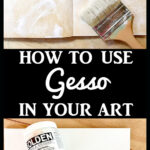
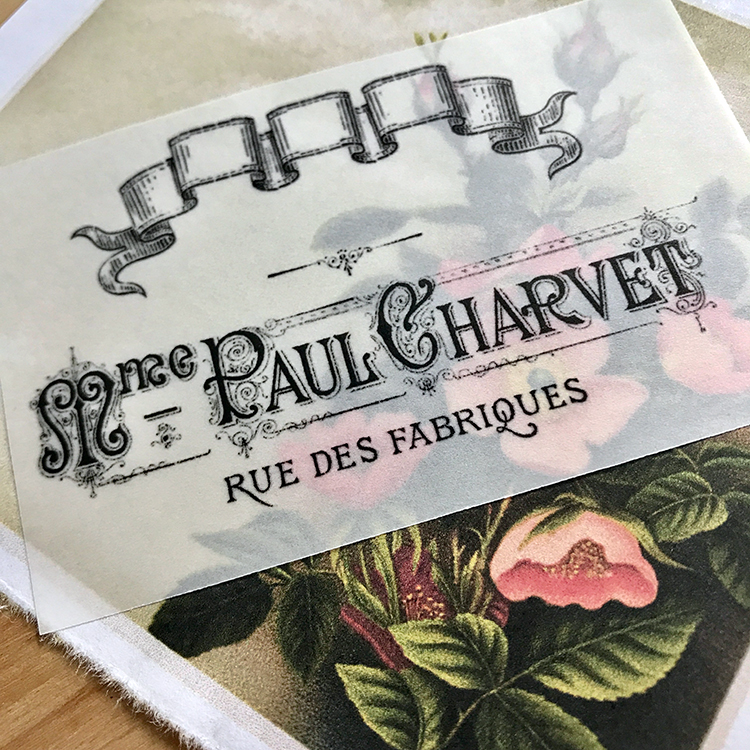
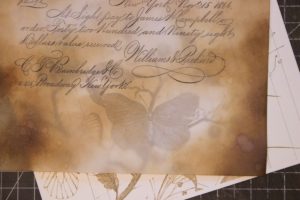
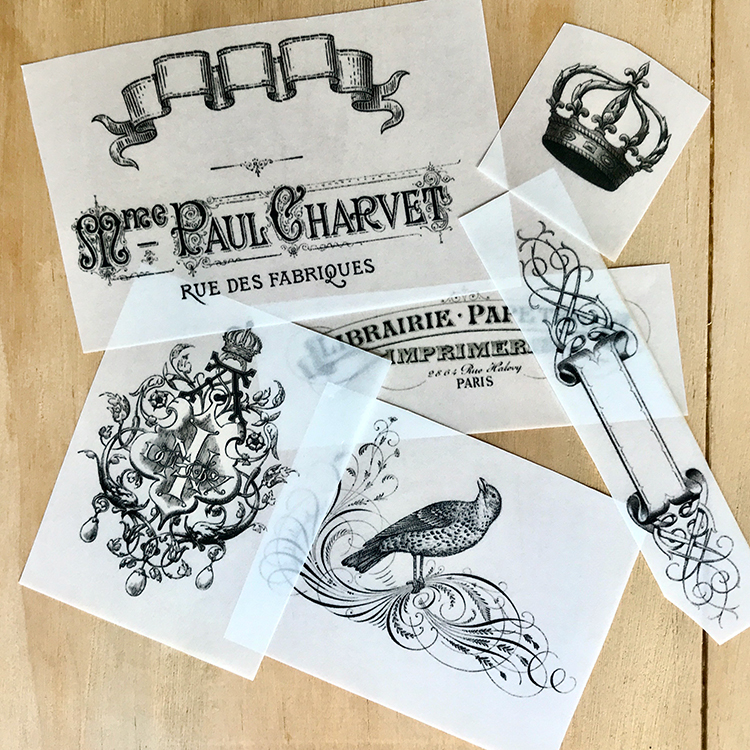
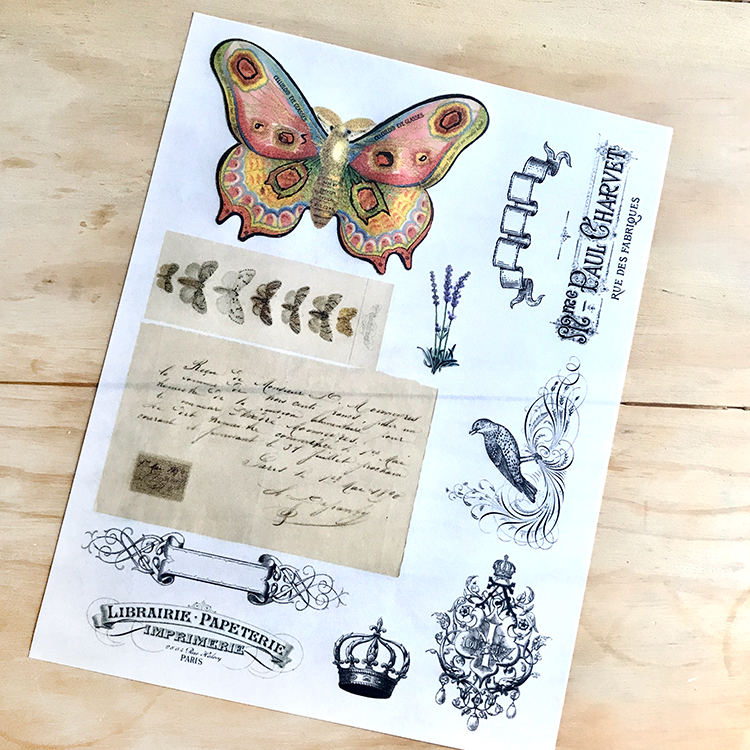
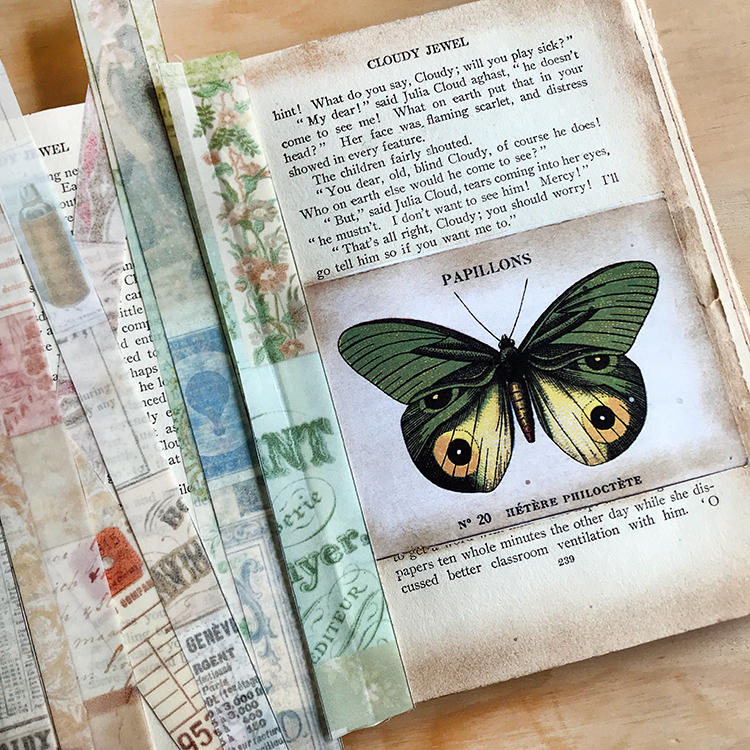
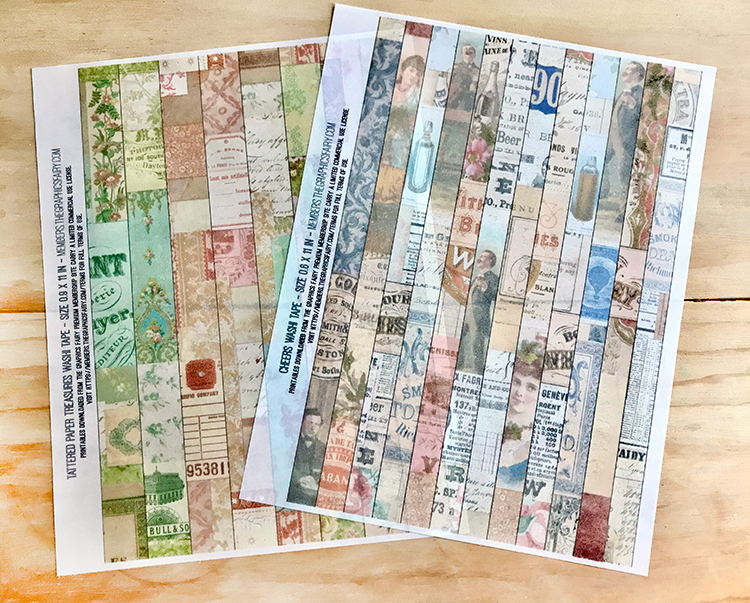
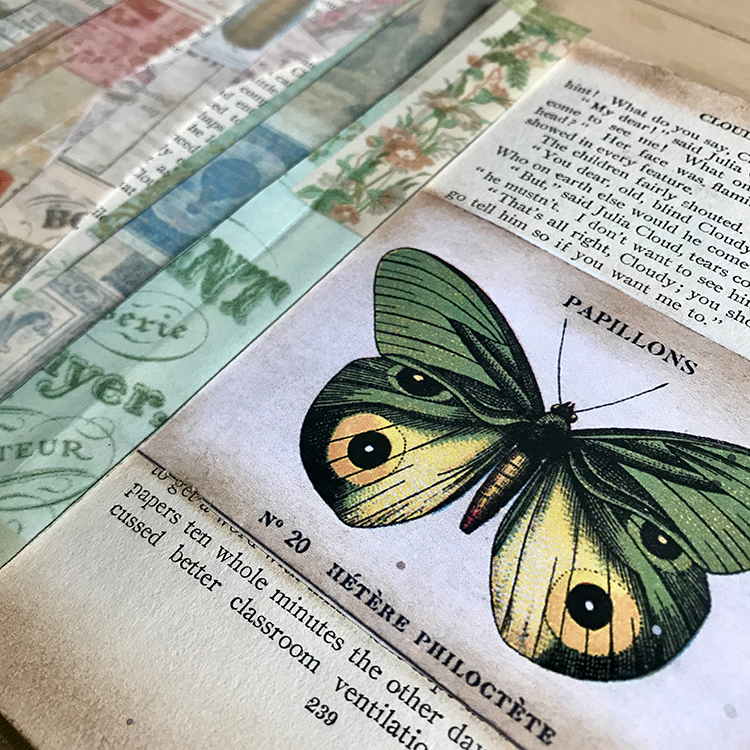
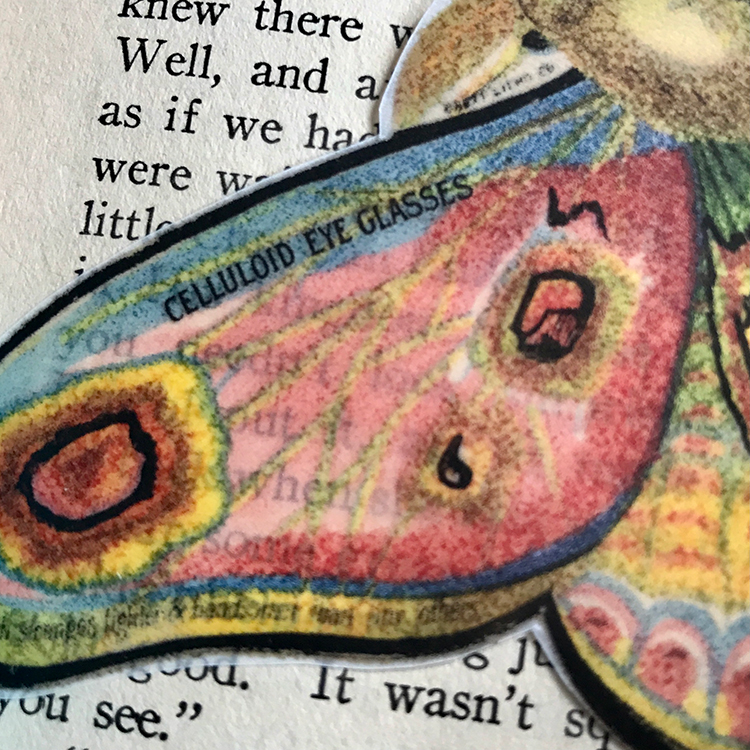
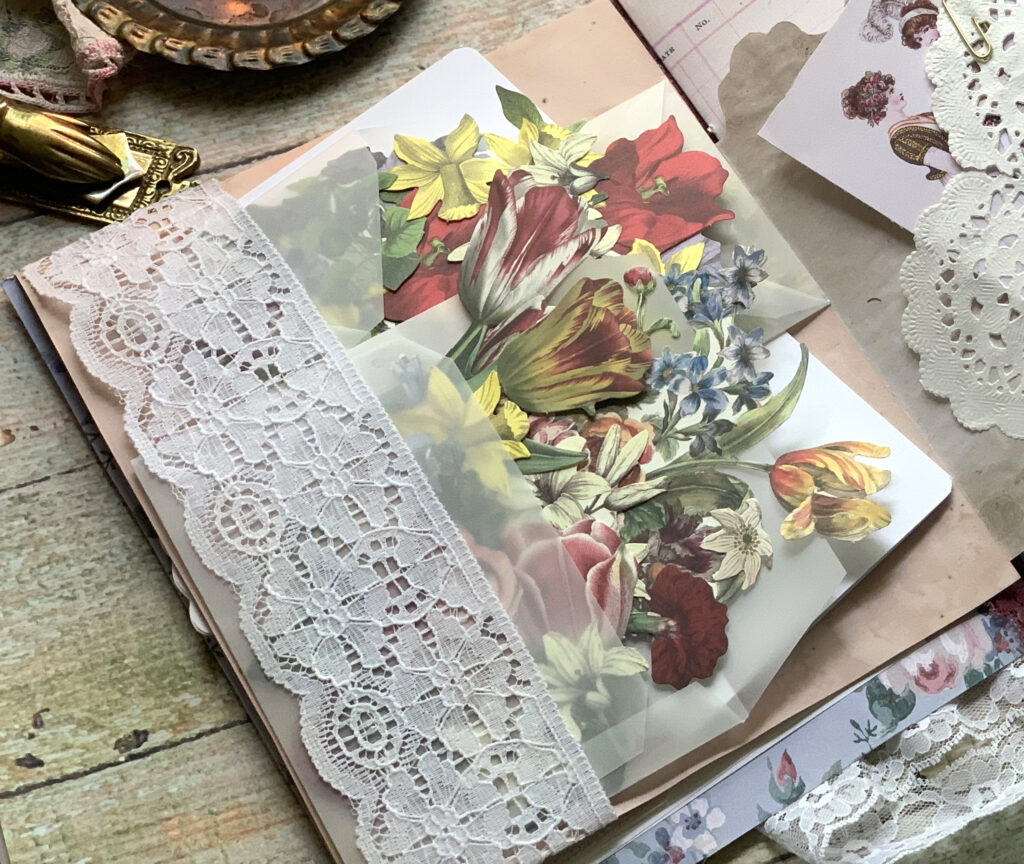
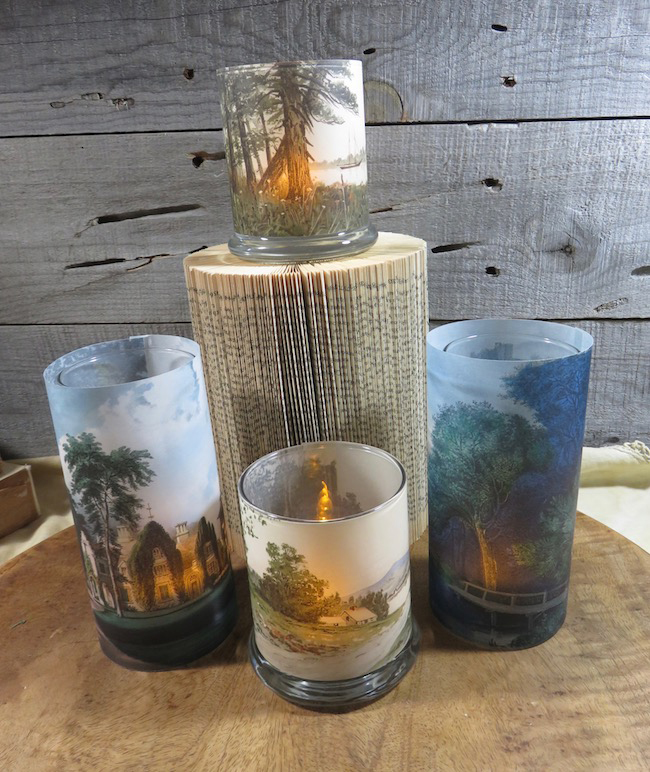
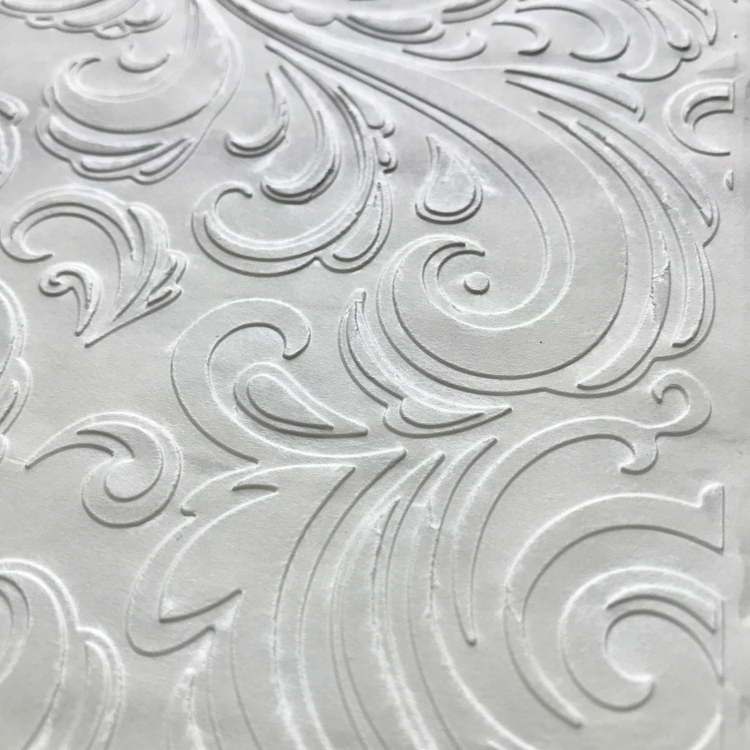
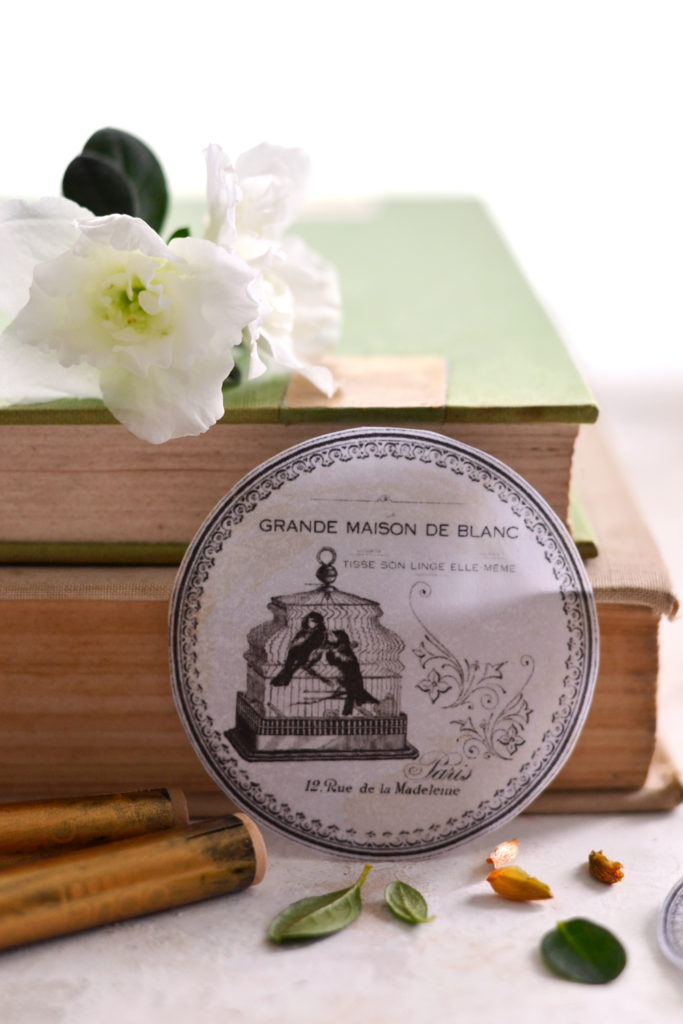
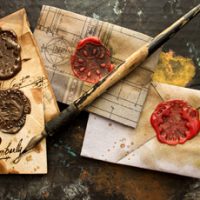
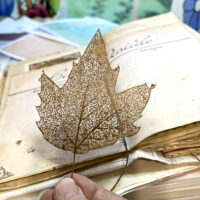
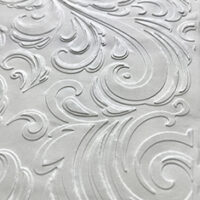




bobbie says
Vellum??? Oldie but a goodie ~ I remember using this in the early-ish days of srapbooking. Never had a problem with printing on it. And, truth be told, I think I still have a small stash of it…
Karen Watson says
Yes! Time to dig it out of your stash and play with it again!
Rebecca E. Parsons says
I don’t have a problem printing on it, but some people do Bobbie. So I needed to make sure people understood that they might. REP
Olivia Peth says
Great post, thank you for sharing. I am working on some burlap tote bags and am curious whether or not a heat press can be used once Gesso is dry. I’d like to layer heat transfer material on top of the Gesso, with the Gesso acting as a binding agent as well as a solution to cover my first attempts with acrylic and HTV. You mentioned that a heat gun produces a big mess when used to dry Gesso…any idea if a 300F heat press can be used once the Gesso is dry? Thank you in advance!
Rebecca E. Parsons says
Hi Olivia. That is a great question. I am checking with Gesso makers for help with this. I will be back with info soon. Rebecca
Rebecca E. Parsons says
Olivia: I received and answer from Cricut. “We’ve used Cricut EasyPress successfully on the Titanium acrylic gesso primed canvases that you can buy from craft stores.” Hope you can find Titanium acrylic gesso to practice with. I would test this on a small piece before going to the tote bags. Best of luck!!
Catherine says
I painr straw hats with Acrylics and qith time paint starts to come off..would Gesso help paint to stay ocer the hat? I heard the straw hat is oily so paint does not stay. What do you think?
graphicsfairy says
Hi Catherine, I am not sure as I have never tried it. I guess it might be worth a try 🙂
Gillie Runge says
I heard about Gesso and curious to know about it. I love to color, watercolor, markers and pencils. Do I need to use Gesso before coloring? I use colored pencils papers, Strathmore, Fabriano, Bristol Smooth, X-press copic paper. Do I need Gesso for these? Thanks
Scotti says
Has been very helpful, thank you????
graphicsfairy says
My pleasure Scotti 🙂
April Weisler says
Hi, can you tint White gesso with an acrylic color to layout a colored background. A slight tint, instead of white?
graphicsfairy says
I’m sure you can April, please let us know how it worked out for you if you give it a try 🙂
Pradeep says
Thank you for an excellent and informative article. Can gesso be used to create a textured surface on the canvas?
Tina says
I found this very helpful. I have never had art classes but have experimented with mixed med. I have often wondered what purpose the gesso has. Thanks so much for posting..
graphicsfairy says
Thanks so much Tina, so glad you found it helpful 🙂
Lynn says
Thank you, this has answered a few questions I have had about gesso, I am new to journalling and love all the creativity I see so am slowly trying so many things. Gesso is definitly on my must try list.
graphicsfairy says
Good luck with it Lynn, I am sure you will love it!!
Rosanna says
Is rubbing alcohol the best thing to use to clean stencils after using them with Gesso?
graphicsfairy says
It is a great way to clean them or you could also use a wipe 🙂
Abi Wattai says
Question- the acrylic based gesso; when sanded, does it truly sand down as a traditional gesso does? I have visions of it giving off little pills of plastic when sanded, rather than the fine dust you get with the traditional gesso.
Rebecca E. Parsons says
Great question Abi. Some gesso has more grit than others. This is why it is a good idea to test a few to find which suits your style of work. The product called ‘Traditional Gesso’ is mainly used by fine artists who paint in oil. It does not have the acrylic binders, just gypsum, rabbit skin glue, and water. If you like the texture of this product, I would recommend that you continue using it. Just wear breathing protection when sanding! 🙂
Margie Bramer says
Can Gesso be used if I need to reuse a canvas or make a mistake in a painting and wish to cover it up?
Thanks for the info!
Rebecca E. Parsons says
I often reuse old canvases Margie. You can use gesso as a primer coat to change direction and you can also use it to cover an oops. Just be aware, that some gesso brands will take several coats to completely cover a mistake. The professional grade does a better job of covering. I usually do a coat or two of gesso, then move to an opaque white like Titanium White to mask the oops. Hope this helps.
Sasha says
I’m a junk journalist and I was wondering if I cover a surface with gesso would I be able to wrote on the gesso with a pen or pencil?
Karen Watson says
Sasha, you can give it a try, your pen may clog up though with the Gesso. Try it with a cheap pen, on a scrap piece of paper and see if you like the effect before putting it on your journal. It may be better to pop in a pocket on your Gesso pages, and then add a journaling card for your writing.
Karen says
A very thorough explanation. Thank you for taking the time.
Rebecca E. Parsons says
I am so glad you learned from it Karen!
Tracy says
Is Gesso something that could be used on a brick fireplace to “antique” it? Kind of like the results of a “German Schmear” technique? Thanks!!
Rebecca E. Parsons says
Well Tracy, a good professional grade gesso could ‘possibly’ work, but it would take a lot and be fairly expensive. As a decorative painter, I would try to mix my own concoction of drywall mud or plaster of Paris and flat latex paint for interior use. Not sure of the ratio, but play with the consistency…it needs to be fairly stiff. Drywall mud would need to have at least half and half with latex paint or it would wash off. Drywall mud must be sealed to become permanent. There are stucco mixes that would do the trick also and might be more affordable and less time consuming in the long run. I advise test before you go to the fireplace to make sure it is permanent and looks the way you like. I look forward to hearing what you decide.
Seana Turner says
That was really interesting. I have friends who paint and I’ve heard them mention this product… it was always a bit of a mystery. I’m not an artist, but I do paint for fun sometimes. Maybe I’ll try using this next time!
graphicsfairy says
Have fun if you decide to give it a try Seana 🙂